As a follow up to my previous post on enabling Write Combining in DOS to improve frame rates, here is how it can be done in Windows (9x).
To do this I’ll be using the program Central Tweaking Unit, which looks like this.
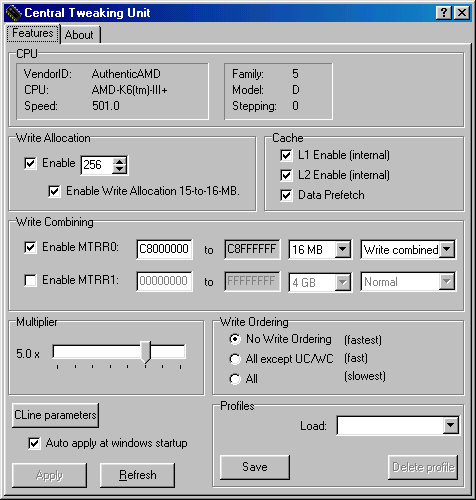
Features from top to bottom are:
- Write Allocation Settings.
- Enabled / Disabled checks for CPU caches and Data Prefetch.
- Write Combining settings ( this is what I’ll be explaining in this post).
- CPU multiplier controls.
- Write Ordering (Write Combining Methods).
With CTU we can simply plug in the information we used in DOS into the MTRR0 row. In my case the address for the memory on my Voodoo 3 (C8000000), the amount of memory (16 MB) and the mode (Write Combined). CTU will use this information to calculate the “to ADDRESS”. Enable MTRR0 and press apply. The improvements are instant and no system reboot is required. The 2nd MTRR1 row can be used if you have two graphics cards to enable Write Combining on that card also, an example would be if you had a GeForce or Radeon AGP card for D3D and a 3dfx card for Glide in a PCI slot.
With Write Combining enabled I see vastly improved frame rates in every 3D game I’ve tried. Turning Serious Sam from a stuttering slide show into a playable good looking experience. Another thing to note is I saw much better results using official glide libraries and minigl dll’s than with WickedGL.
Central Tweaking Unit is available to download from the VOGONS Vintage Driver Library.
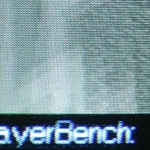
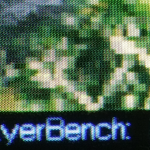
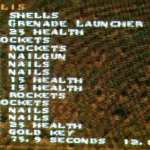
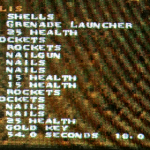
You must be logged in to post a comment.